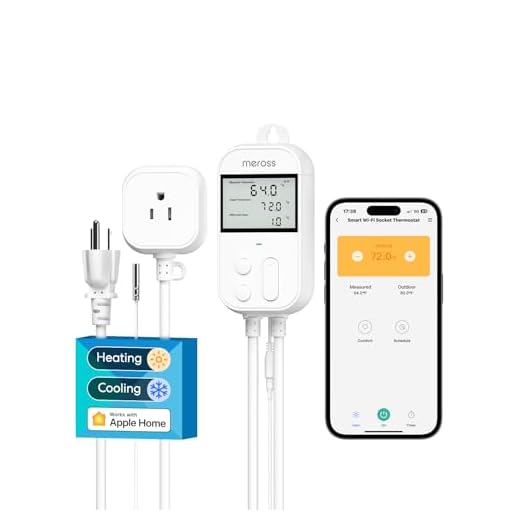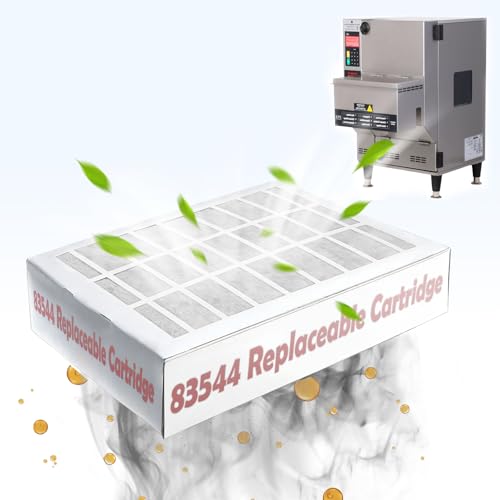



Hot plate elements are an essential part of any kitchen, providing the heat necessary for cooking and baking. However, over time, these elements can wear out or become damaged, leading to inefficient or inconsistent heating. Fortunately, testing a hot plate element is a straightforward process that can help you identify any issues and ensure optimal performance.
Before testing a hot plate element, it is crucial to prioritize safety. Make sure the appliance is unplugged and completely cooled before proceeding. Remember to wear protective gloves to avoid any potential burns or injuries.
The first step in testing a hot plate element is to visually inspect it for any visible signs of damage or wear. Look for any cracks, breaks, or discoloration on the element’s surface. Additionally, check for loose or frayed wires connected to the element. If you notice any of these issues, it is likely that the element needs to be replaced.
What Is A Hot Plate Element?
A hot plate element is a heating element that is used in a hot plate. It is designed to generate heat in order to cook or heat food and liquids. Hot plate elements are commonly found in electric hot plates and are typically made of metal, such as stainless steel or cast iron.
The hot plate element is powered by electricity and is connected to a power source through a power cord. When the hot plate is turned on, electricity flows through the element, causing it to heat up. The heat is then transferred to the cooking surface, where it can be used for cooking or heating purposes.
Hot plate elements come in different shapes and sizes, depending on the type and size of the hot plate. Some hot plates have a single element, while others may have multiple elements for cooking different dishes at the same time.
It is important to properly maintain and care for the hot plate element to ensure its longevity and efficient performance. Regular cleaning and inspection of the element can help prevent buildup of dirt and grime, which can affect its heating capabilities. If the hot plate element is damaged or not functioning properly, it may need to be replaced or repaired by a qualified technician.
Overall, a hot plate element is a crucial component of a hot plate and plays a key role in providing heat for cooking and heating food and liquids.
Why Is Testing Important?
Testing is an essential step in ensuring the safety and functionality of a hot plate element. Without proper testing, you run the risk of using a faulty or malfunctioning element, which can be dangerous and potentially cause accidents.
Here are a few reasons why testing is important:
- Safety: Testing helps identify any potential hazards or safety issues with the hot plate element. By testing for electrical faults or insulation problems, you can prevent electrical shocks or fires.
- Reliability: Testing ensures that the hot plate element operates consistently and reliably. It helps identify any performance issues, such as uneven heating or temperature fluctuations, which could affect the cooking process.
- Efficiency: A well-tested hot plate element will operate efficiently, using the optimal amount of energy to provide the desired heat. This can help save on energy costs and reduce environmental impact.
- Durability: Through testing, you can evaluate the durability and lifespan of the hot plate element. This helps ensure that it can withstand regular use and maintain its functionality over time.
- Customer Satisfaction: Testing allows manufacturers to deliver a high-quality product that meets customer expectations. By ensuring that the hot plate element works properly, manufacturers can enhance customer satisfaction and build trust in their brand.
Overall, testing plays a crucial role in guaranteeing the performance, safety, and longevity of a hot plate element. It helps manufacturers identify and address any potential issues before the product reaches the market, ensuring customer satisfaction and peace of mind.
How To Test The Hot Plate Element
Step 1: Before starting the testing process, ensure that the power supply to the hot plate is disconnected and it is cool to touch.
Step 2: Start by visually inspecting the hot plate element for any signs of damage or discoloration. A broken, cracked, or discolored element may indicate a faulty element.
Step 3: Once the visual inspection is complete, use a multimeter set to the resistance (ohms) mode to test the continuity of the hot plate element. Disconnect the element from the power source and remove it from the hot plate assembly.
Step 4: Place the multimeter probes on the terminals of the hot plate element. If the resistance reading is within the specified range or shows continuity, the element is functioning correctly. If the resistance reading is infinite or there is no continuity, the element needs to be replaced.
Step 5: If the resistance reading is inconclusive or falls outside the specified range, further testing may be required. In this case, consult the manufacturer’s instructions or seek professional assistance.
Step 6: After completing the testing process, reinstall the hot plate element if it is functioning correctly or replace it with a new one if necessary.
Note: It is crucial to follow all safety precautions and guidelines provided by the manufacturer while testing and replacing the hot plate element.
Common Problems and Solutions
When testing a hot plate element, there are several common problems that may arise. Here are some of these issues and their possible solutions:
1. Element not heating up
If the hot plate element is not heating up, it could be due to a number of reasons. First, check if the power supply is working properly. Make sure the hot plate is plugged in and that the circuit breaker or fuse hasn’t tripped. If the power supply is fine, the element itself may be faulty and will need to be replaced.
2. Uneven heating
If the hot plate element is heating unevenly, it may be due to a few different factors. One possible cause is an uneven distribution of heat across the element surface. To solve this problem, you can try adjusting the position of the cookware on the hot plate to ensure better contact. Additionally, make sure that the cookware you are using has a flat bottom, as uneven bottoms can cause uneven heating.
Another possible cause of uneven heating is a damaged or worn-out element. In this case, you will need to replace the element to achieve consistent heating.
3. Overheating
If the hot plate element is overheating, it can pose a safety hazard. One possible cause of overheating is a faulty temperature control mechanism. Check if the temperature control settings are working properly and adjust as needed. If the temperature control is functioning correctly, the overheating may be due to a faulty hot plate element, which will need to be replaced.
It is important to address any problems with a hot plate element promptly to ensure safe and efficient cooking. If you are unsure of how to diagnose or fix any issues, it is always best to consult a professional for assistance.
FAQ
How can I test if my hot plate element is working properly?
There are a few steps you can take to test if your hot plate element is working properly. First, make sure the hot plate is plugged in and turned on. Then, place your hand a few inches above the element to feel if there is any heat being emitted. If the element is working properly, it should heat up and produce enough heat to warm your hand. Additionally, you can use a multimeter to test for continuity or resistance in the electrical circuit of the hot plate element. If there is no heat or if the multimeter indicates an open circuit, then the element may need to be replaced.
Can I visually inspect the hot plate element to determine if it is working?
While it is possible to visually inspect the hot plate element for any signs of damage or wear, it may not provide a definitive answer as to whether it is working properly. However, if you notice any obvious signs of damage such as cracks, breaks, or discoloration, it is likely that the element will need to be replaced. Visual inspection can be helpful in identifying any external issues that could be affecting the functionality of the element, but it is not a foolproof method of determining its overall performance.
What should I do if my hot plate element is not heating up?
If your hot plate element is not heating up, there are a few troubleshooting steps you can take. First, check to ensure that the hot plate is properly plugged in and turned on. If it is, try adjusting the temperature settings to a higher level to see if the element begins to heat up. If the element still does not heat up, you can use a multimeter to test for continuity or resistance in the electrical circuit. If the multimeter indicates an open circuit, this may indicate a problem with the element itself and it may need to be replaced.
Is it possible to repair a faulty hot plate element?
While it can be possible to repair a faulty hot plate element, it is often more cost-effective and efficient to replace the element entirely. Hot plate elements are complex electrical components, and attempting to repair them without the proper knowledge and tools can be dangerous. Additionally, the cost of replacement parts and labour may outweigh the cost of purchasing a new element. It is recommended to consult a professional or the manufacturer for guidance on whether a repair is possible or if a replacement is necessary.










